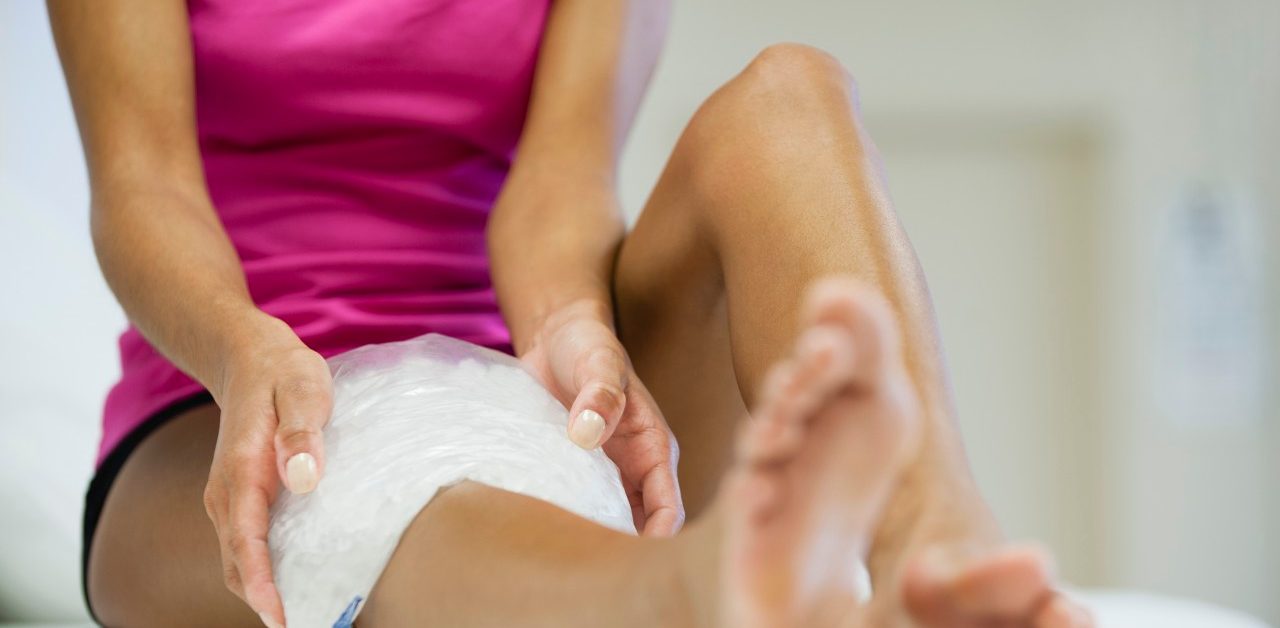Why Does My Knee Hurt?

There are many situations when you’ll find yourself scratching your head, wondering “Why does my knee hurt?” But, often pain is not a sign of a serious problem.
Age and obesity are the big reasons for knee problems. More than half a million knee replacement surgeries are performed each year in the United States, and the numbers are expected to grow. But you still ought to do everything you can to avoid surgery. Losing weight will help if you’re large — each pound beyond a normal weight forces your knee to absorb an extra 4 pounds of pressure when you walk, run, or climb stairs.
Early on, when knee problems crop up, get advice on how to strengthen particular muscles that may not be doing their job correctly.
YOU MIGHT ALSO LIKE: Exercise: How to Prevent Arthritis in the Knees
See a doctor if you feel something moving inside your knee, or if you hear a cracking or popping sound and also have swelling or pain. You should also seek help if it hurts to climb stairs. If you need to kneel a lot and have pain (gardeners, plumbers, roofers, and floor installers run into this problem), see a doctor as well.
If your usual exercise puts weight on your knees, and you need a rest, that’s not a reason to go idle: bike (outdoors or in a gym) or swim.
When you’re asking yourself “Why does my knee hurt?” consider these possibilities.
Cold air
The idea that you can predict the weather by pain in your joints may not be entirely an old-wives’ tale. You might feel pain in your knees and elbows — or even get a migraine or sinus headache — when the barometric pressure changes. Fluid in your joints and muscles expands when air pressure drops, stretching your tissues. Cold air also makes your muscles, ligaments, and tendons tighten up. If you’re exercising in cold weather, take time to stretch while indoors, and use heat creams and heating pads if you feel stiff.
Bending
When you bend your knee in a squat, you put lots of force through the joint, more than your body weight. If one of the structures in or around your knee has a problem, you’ll put too much pressure there or elsewhere, leading to pain. Some people feel pain even if they’re sitting and there’s not much weight on the knee.
The cause might be a weak muscle, swelling or inflammation, a torn ligament, or arthritis. You might also hear a pop or grinding sound. Talk to your doctor or see a physical therapist.
Running
It’s very common for your knees to hurt after running, but often the problem can be fixed if you strengthen the right muscles (be prepared for squats!). Get an assessment from a physical therapist who works with runners.
After a sports injury
Tearing a ligament — the anterior cruciate ligament (ACL), posterior cruciate ligament (PCL), or medial collateral ligament (MCL) — can lead to severe pain, and you might need surgery. A tear in the cartilage on the top of the bone — the meniscus — also often requires surgery.
Arthritis
You can get arthritis after an injury, or develop either rheumatoid arthritis or osteoarthritis. Rheumatoid arthritis, an auto-immune problem, accounts for only 10 percent to 15 percent of all cases.
Osteoarthritis is the most common cause of chronic knee pain. It shows up most often over the age of 50, and runs in families. Injuries or work wear and tear can be triggers. Again, extra pounds put more pressure on the joints.
Most people benefit from keeping up their physical activity.
Knee pain treatments
You’ll probably need to establish the cause of your pain in order to treat it.
If the cause is osteoarthritis, you’ll usually be advised to try rest, medication, and physical therapy. A doctor may recommend knee replacement surgery if you have severe pain or stiffness at rest, or if the pain interferes with everyday activities. If no non-surgical remedy helps, you may need a new knee.
When you’re resting, you might try ice packs (for 20 minutes at a time) or rubbing your knee with creams that contain a numbing ingredient. You can elevate your knee while at home and wear an ace bandage when you’re out.
If you opt for physical therapy, you’ll be trained to strengthen the muscles around your knee and make it more stable. You’ll also do exercises to improve balance.
You might be offered inserts for your shoes, to shift weight away from the most painful side of the knee, or braces to protect the knee joint.
Updated:
March 27, 2020
Reviewed By:
Christopher Nystuen, MD, MBA